If you haven’t already, we encourage you to read An Introduction to Wood Ceiling Repair. This video dives specifically into delamination and is part of a larger series of 9Wood Field Guides. We hope you find them useful!
How to Get Started with Veneer Delamination Repair
Today we’re going to be talking about cosmetic damage that can occur in the field during installation or handling. I will give you a few tips and tricks on how to correct them. Specifically, we’re going to be looking at veneer delamination. To correct delamination, you’ll need a standard clothes iron, 150-grit sandpaper, and a smooth wood block or roller.
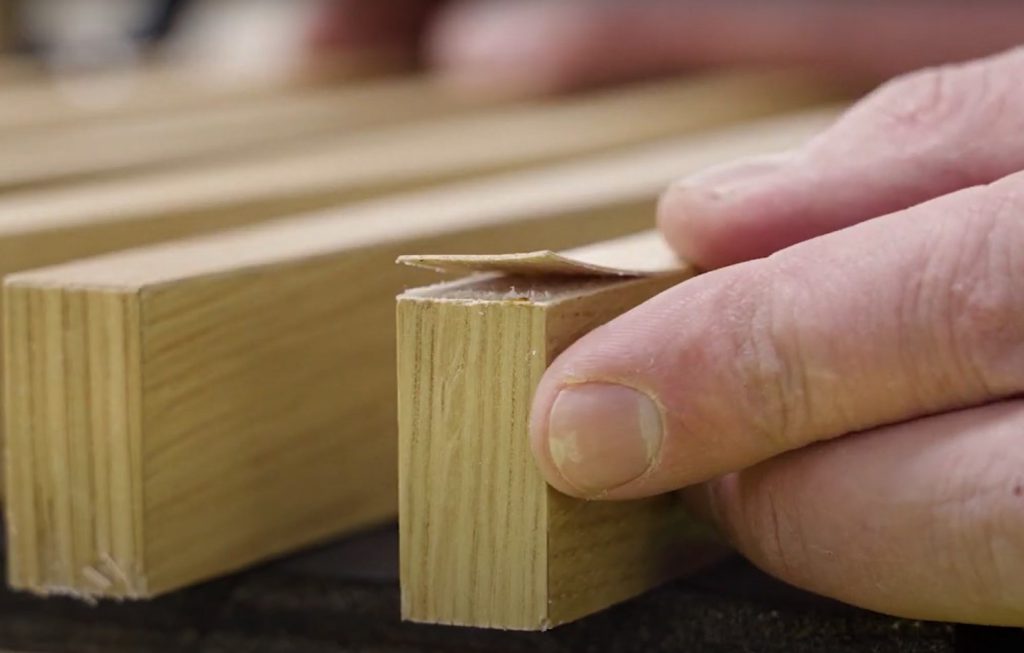
What is Veneer Delamination?
Veneer delamination is a separation of the surface layer from the core material caused by a failure of the bonding adhesive between the two layers. This failure can be due to the material being subject to temperature extremes, sudden and wide environmental changes, or the result of a manufacturing defect. Veneer along the edge of particle board or plywood where it adheres to the cross section of the core is where the veneer bonding is most likely to fail.
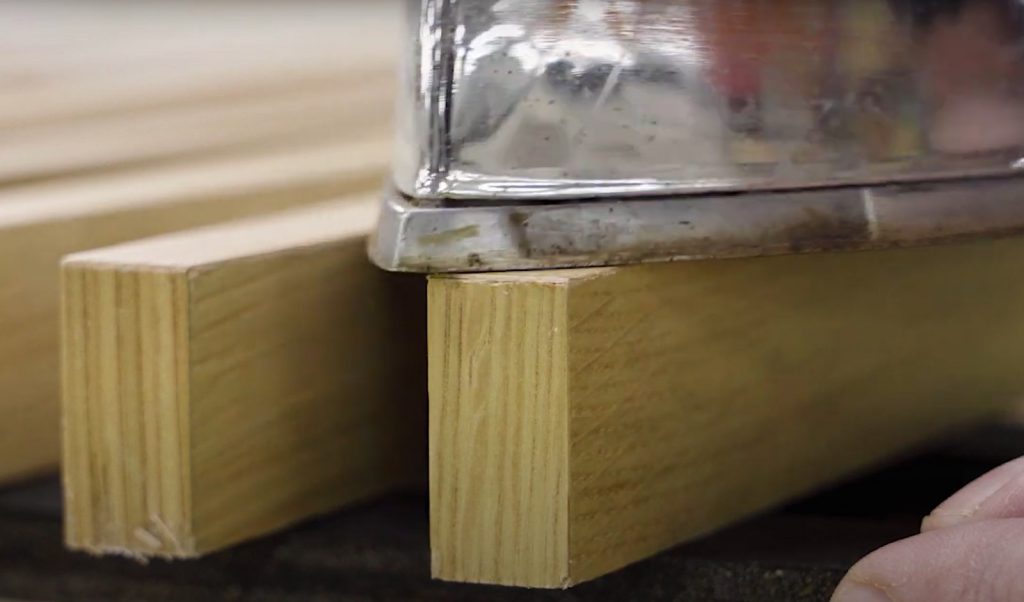
How to Repair Delamination
Take a hot iron set to the cotton setting at about 400 degrees. Press the veneer band back into place. Move the iron back and forth over the banding, using medium pressure for about 6 to 8 seconds to avoid burning the veneer and topcoat. This remelts the adhesive. Then take your smooth wood block or roller to press the banding down. This forces the adhesive into the core and draws some of the heat off, allowing it to set faster.
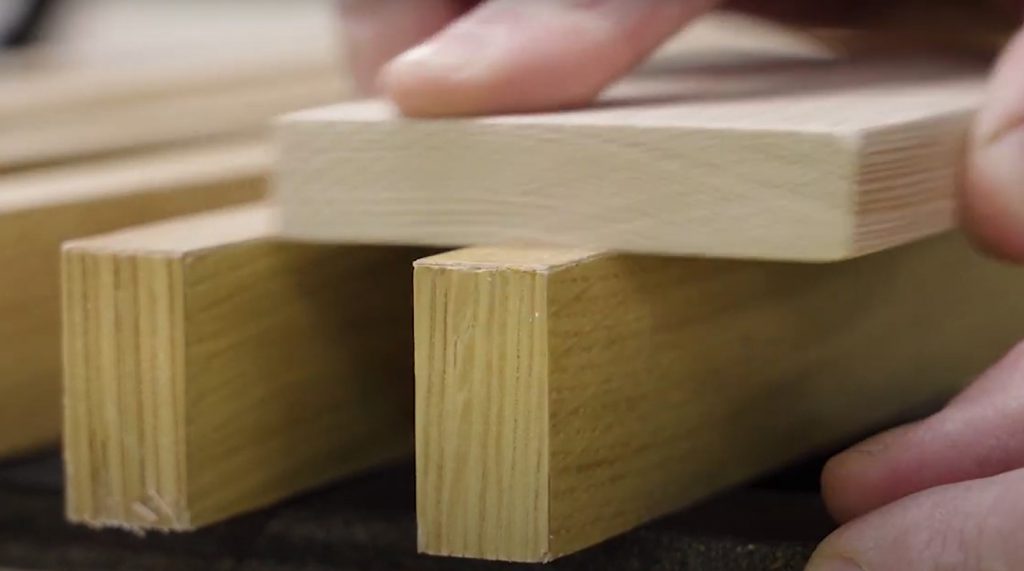
Sometimes a little adhesive may seep out of the sides or ends. Simply remove it with a couple of quick passes of sandpaper to reestablish the clean sharp edge or corner.
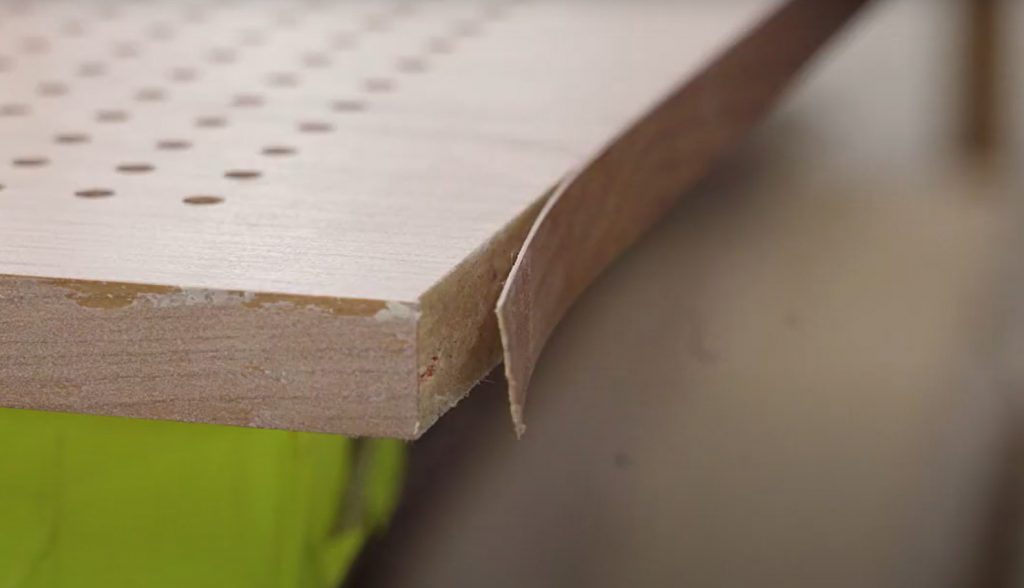
What About Edge Banding Delamination
The process is the same with edge banding on a tile. Use your heated iron and press the veneer band back into place. Move the iron back and forth over the banding for a few seconds to melt the adhesive, and tack the band down to the core. Then take your smooth wood block or roller to press the edge banding down firmly, adhering it to the core.
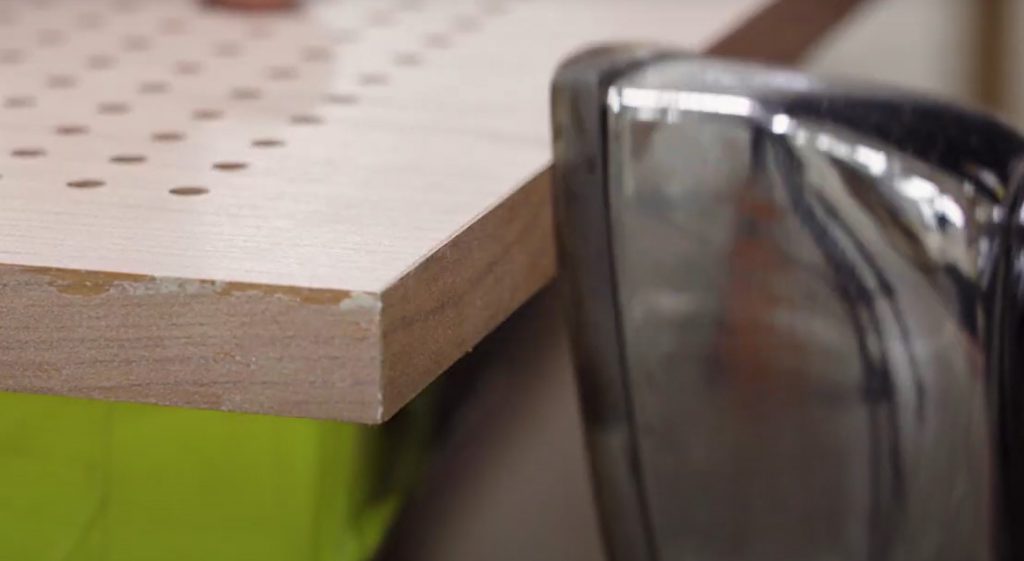
Cleaning Up the Glue
If any glue seeped out the end, just give it a quick pass with your sanding block to clean up the edge.
Related Video: Wood Finishes – Take Your Project from Good to Gorgeous!
In Conclusion
We hope this video has been helpful. If you have any specific questions regarding touch-ups or repairs or your project in particular, please contact your project manager. Thanks for watching.
What to Watch Next:
